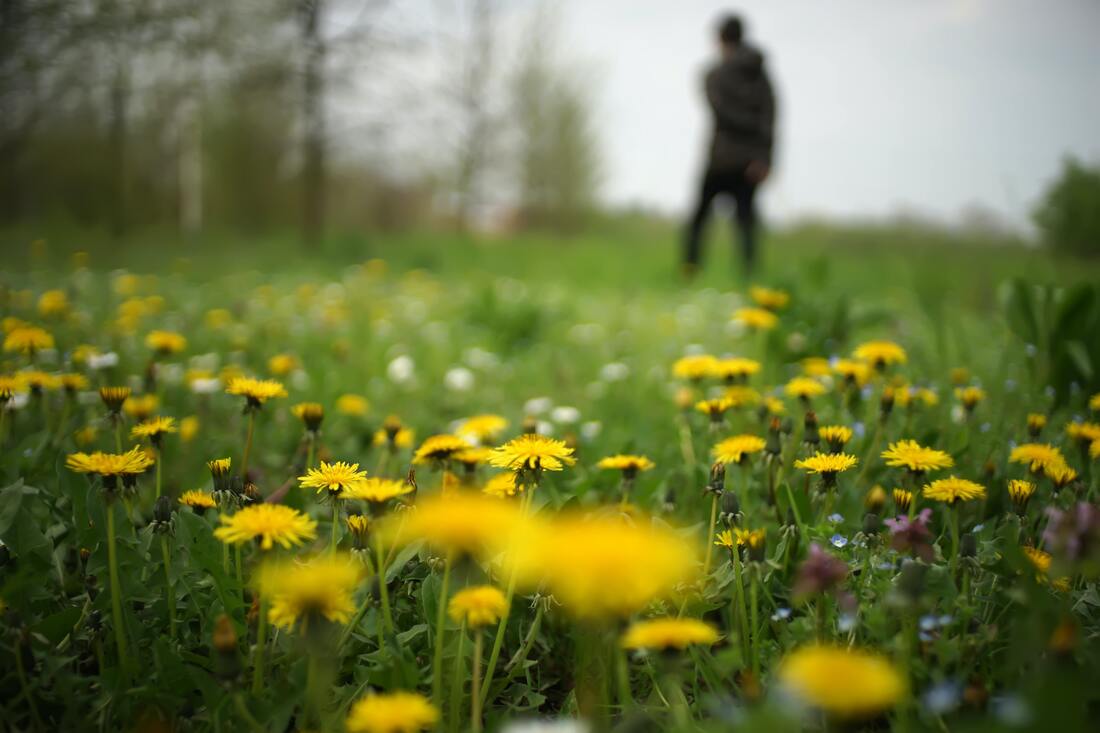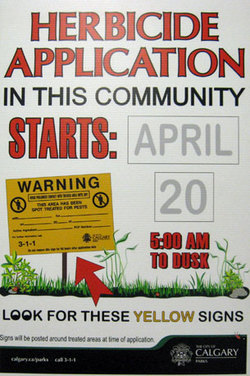
They are one of the worlds most recognizable edible flowers. They are known to originate from Central Asia, and from there naturalize sub tropical areas of the world including the Mediterranean. It has since then spread the world over, with almost every country on earth knowing this sunny yellow pomp, whether friend or foe.
The first mention of the Dandelion as a medicine is in the works of the Arabian physicians of the tenth and eleventh centuries, who speak of it as a sort of wild Endive, under the name ofTaraxcacon. I also found folk lore of it being used in Welsh medicines of the thirteenth century. The oldest references to using this plant as a traditional tonic is in Ayurvedic medicine that dates back thousands of years in India, I have also come across new writings about the use by Native Americans using dandelions (1) to treat acne, appendicitis, appetite stimulant, boils, detox, diabetes, diarrhoea, diuretic, digestive disorders (aids), eye problems, fever, gallbladder problems, heartburn, inflammation and swelling, liver tonics, scurvy (vitamin C deficiency), stomach problems, urinary problems.
The dandelion has been known throughout time as traditional medicine and has an incredible nutrient composition. Rich in A, B complex, C, D, and K, as well as minerals such as iron, potassium, and zinc, its leaves and flower has been used to make teas, to eat, to make wines, the root is made into a coffee substitute.
According to Health Canada's Food and Nutrient Profile, dandelions contain per 100 grams ( which loosely equals about 1.25 cups of the raw leafy greens)
3.5g = 9% of dietary fiber,
0.25mg = 19% of vitamin B-6 (pyridoxine),
0.26mg = 20% of Riboflavin,
35mg = 58% of vitamin C,
5854 microgr =338% of vitamin A (beta carotene)
397 mg =649% of vitamin K, Potassium
3.10 mg =39% of iron and
187 mg =19% of calcium.
(Note: RDA-Recommended daily allowance) (2)
Want to get more of this health food in your diet?
~Young, tender leaves may be picked from organic gardens or purchased at markets and consumed fresh to use in salads, sandwiches, either alone or in combination with other greens like kale, spinach, cabbage, lettuce, or juices.
~ Dandelion leaves may also be used in cooking, I throw them in curries, stews, soups, steamed veggies, casseroles, or anything I would add another dark leafy green to.
~The dried leaves may be used to make teas and tonics.
~ The flowers may be used to garnish a salad, use in the preparation of wine, or pick the petals and use them in baking like pancakes or scones.
~ The roots can be roasted and ground into a coffee substitute.
Note on Preperation;
Wash and dry the leaves as you would any other leafy green.
To reduce bitterness, blanching them will help. Submerge them in boiling water for 1 minute, then immediately submerge them in cold water.
Safety Profile Although dandelions contain some bitter principles and it can be used in healthy individuals safely, without reservation know that in some sensitive individuals it may induce allergic contact dermatitis (itchy skin and possibly eyes). However, with patients on potassium sparing diuretic therapy, it may aggravate potassium toxicity.
When introducing any new food into the diet, start with a small amount and be aware of any reactions that might occur.

So Why are we continuously assaulting these health foods that grow readily at you finger tips?
Even this year I was worried that I had so many of them in my back yard that they might take over and the grass would somehow be chocked out. As an organic gardener I went at de-heading them every morning while I took my tea, seeing where the new ones where going to pop up and the low liers that evaded the mower.
To be honest, it took a good 2 weeks every second morning, and now, I cant even find a sunny yellow to be the cover model of this post!
Thinking I might find a patch farther a field than the backyard, I walked up to the ravine with the camera to find some beauties, but no, nothing to be found except the wild grasses and an occasional black eye Susan.
I went for a sunny afternoon walk and about a half km from the house ran into a bright yellow sign, somewhat the colour of a dandelion, sticking out of a grassy stretch between a row of houses and the road.
“This Area has been treated”
AHHHHH! I just walked into a land mine! In my mind at least, poisonous toxins that I was standing within, in flip flops, with no arms or legs covered, and immediately felt the rush of hot blood come into my face and my ears. It may have been an effect of the herbicide, it may have been that I was infuriated that they are using toxic chemicals to rid our city of “unsightly” weeds, cosmetic applications, that are only know for ill effect of human health.
I stormed home and pulled up the city of Calgary's website, there were notifications of spraying and in what area, but no information on what was used and exact dates. I called 311, our access to all things Calgary, city information.
As I could not read what exactly was spayed on that strip of land directly behind 30 houses in my neighbourhood, I thought 311 would give me the answers.... Nope, no answers there, but the operator was kind enough to have someone call back crazy as soon as possible with that answer. She was seemingly surprised that anyone cared what was being sprayed and informed me that most people are calling to ask when the poison trucks will rid their neighbourhood of the hated yellow fields...
More on this phone call and what I found out about the chemicals the city of Calgary are using in the next post, for know, take in the health, try a nibble of a dandelion, but make sure it's from an organic source!
References;
1)
http://www.legendsofamerica.com/na-herbs3.html#D
2)
http://webprod3.hc-sc.gc.ca/cnf-fce/report-rapport.do?lang=eng